“We are all at once both a composition and a composer. We have the ability not only to compose the future of our own lives but to help compose the future of everyone around us and the communities in which we live.” -Maya Angelou
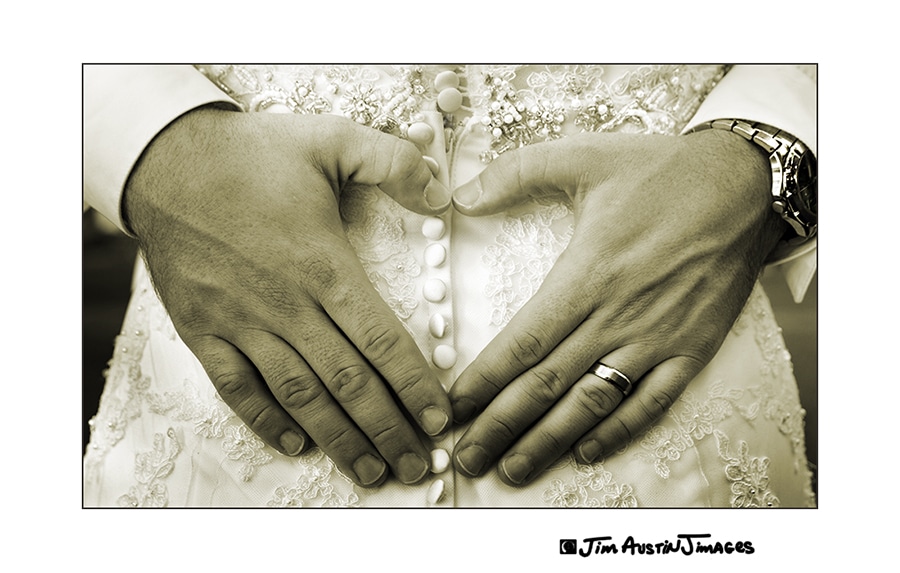
Composing a picture. Sounds simple, right? But composition does not begin with a camera. It does not require large lenses, wide apertures or expensive gear.
The most important part of composing is our view in the viewfinder. And, before we bring the camera viewfinder to our eye, our minds compose.
This process is patient, active and mindful. It is called composition, and it is the primal core of making photographs.
Composition means framing an idea, not just a subject. We frame only a select few things are within the frame, which means actively simplifying most of what we see to attend to 4 main things.
Subject, Light, Idea, and Composition
A picture has four main ingredients: Subject, Light, Idea, and Composition (SLIC). Effective images combine all four aspects including composition.
Composing with these four elements, we can ask the “What-About” question: “What do I intend my photograph to be about?” The answer supports and structures the image we take, like the foundations of a bridge. 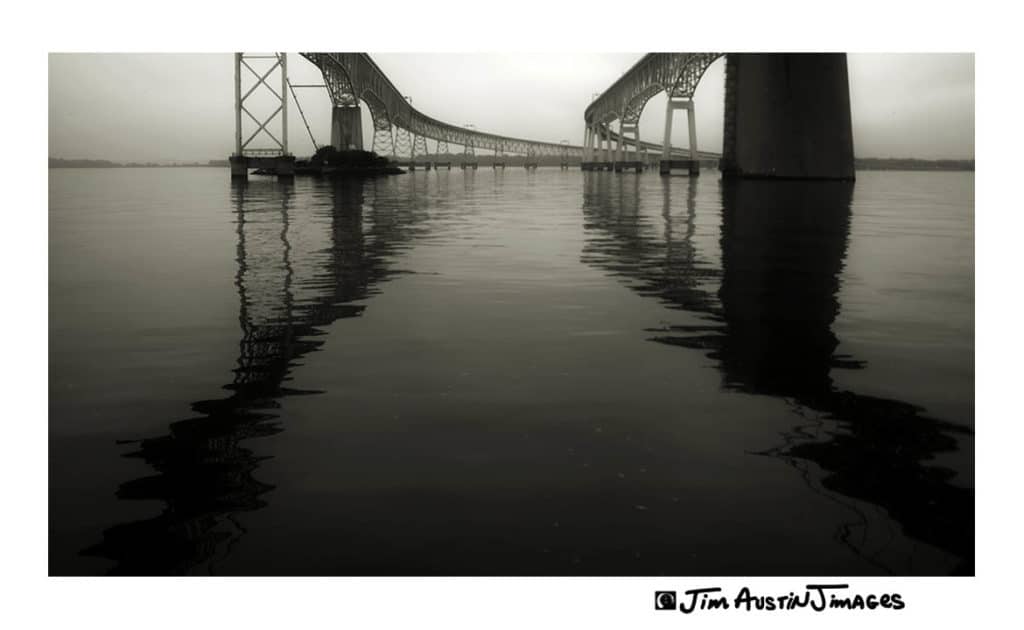
About, Not of
A bridge is not about concrete and steel, it is about the experience of driving over and across the water. We make our compositions “about” something, not “of” something.
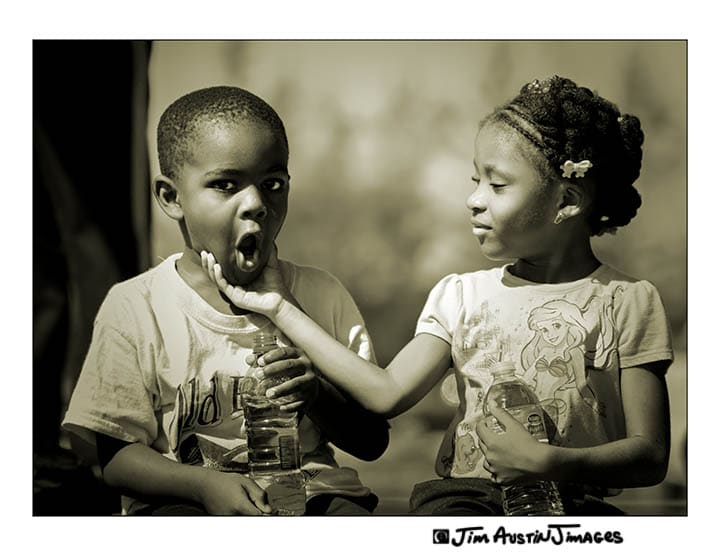
Interesting pictures emerge from intentions that precede them. Our intentions mark the difference between a picture of kids and a picture about being a kid.
Intent to See
Our intention structures our compositions. For instance, since my intention for the photograph above was to show “humanity in the moment,” it helped to know what I wanted to say and to wait for gestures, facial expressions, and a chance moment to express that intention. When we have an intent to see, we create more absorbing pictures.
Intention: convincing photographs depend on it. Photography is not a vague activity that only follows “rules” of composition. These are merely time-honored spatial ideas to get us thinking about layout and space. Instead, the most vital rule to follow is making form and essence work together to create meaningful subject matter.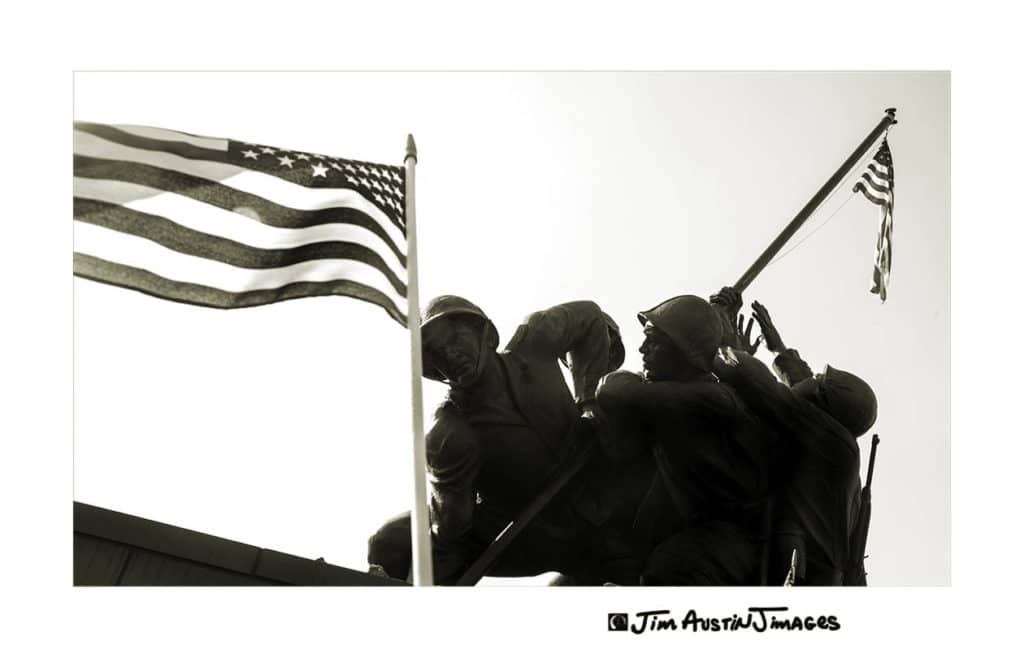
Picture Quality
Meaning follows picture quality. Picture quality is not image quality.
The truth is, picture quality is fundamentally different than image quality. Picture quality comes from those aspects that are created by you, the photographer: who you are, what you love, how you compose, your imagination, your framing, the stories you tell and your senses of timing, color awareness, and space.
Picture quality is your spirit inside the frame.
Good photographs are framed with picture quality.
Image quality, on the other hand, is aspects of a digital file (color space, sensor pixel dimensions, image noise, histogram, sharpness).
Picture Quality Comes From Composition
Composition is the first and primary work of photography.
As photographers, we work at the job of composing pictures. Doing so, we coordinate a symphony of visual elements into a whole that invites viewers to share emotions and ideas. We don’t just decide on a subject or perseverate on image quality. Instead, we compose with elements of design to turn visual chaos into order and design. 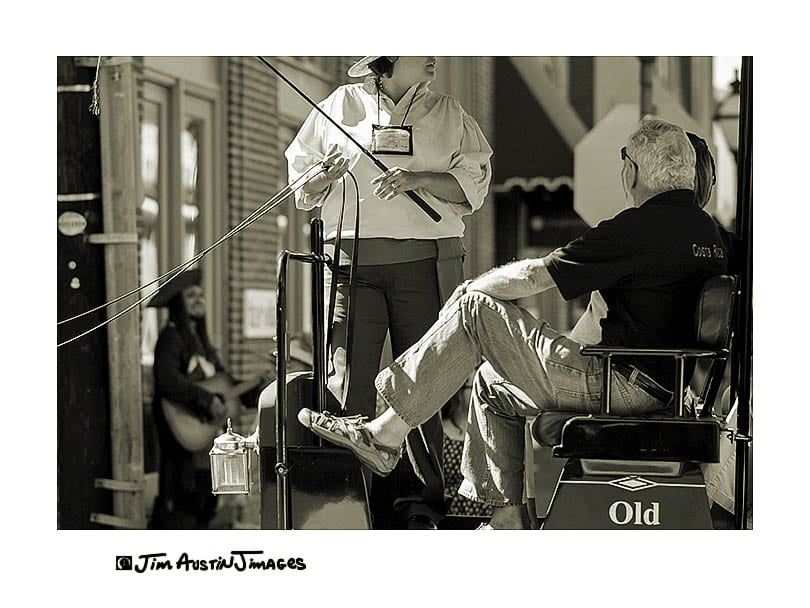
Composing means actively organizing shape, line, form, color. It means practicing controlling and changing basics of design to express ideas. The more we succeed at this, the better the picture quality, and the more emotion a viewer will feel.
Intend, and Intuit
Our visual composition skills determine picture quality, as we think and perceive through the camera viewfinder. Through the viewfinder, we compose with knowledge of symmetry, asymmetry, balance and, at times, serendipity. To bring these aspects of visual design and luck into a final print, we study to understand them, practice our composition skills, apply them with intention, and then let go and be open to intuition. Intend, and intuit.
Our compositions are rarely completely planned in most non-commercial photography. Often, the image we love at the end of the day came around with a bit of serendipity and chance. Of course, we prepare before we begin, but intriguing pictures often come from surprises. When we are open to luck and chance, unexpected stories are told.
Composition is not fumbling by looking at the back of the camera, It is not saying “smile and say cheese.” Even though you may have 1000 likes, a composition can soon be forgotten because it has not created anything with meaning.
Contrary to innumerable Youtube videos, photographic composition is not about rules. Composition is much more than ensuring that objects go into pre-ordained places within a frame.
Beyond Single Composition to Better Community
Maya Angelou’s quote above suggests that, as a composer, you can compose photographs for the community where you live. This means your photography may address issues, raise funds for causes, and expand awareness. Thus, you are free to go beyond composition as you present your work.
What kinds of photographs, say, might motivate a viewer to activism, speaking out, advocacy or awareness of nature? How do we want the viewer to feel about an endangered wilderness? Do we want the viewer to act after seeing a picture?
Not only can you pursue how to make your next picture even better, but you might utilize your pictures to help the future of our communities. As Angelou says, you are the composer and the composition.


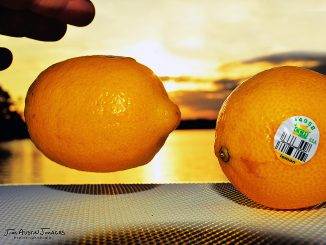


Leave a Reply